Rose Ebb Tide
The abundantly blooming floribunda can turn any garden into a piece of paradise. And if you choose varieties with flowers of dark, deep colors to decorate the recreation area, you can create a completely mysterious atmosphere where it is pleasant to dream. A plant called Abb Tide belongs to the category of such varieties of roses.
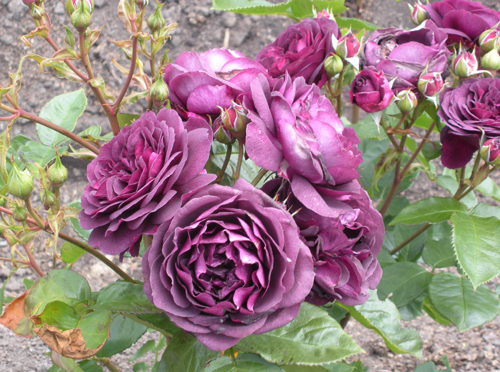
History of creation and description of the variety
Ebb Tide is a novelty of American breeding. It was bred in 2001 in the States by Carruth. This culture has other variants of the names: Weksmopur and Purple Eden.
The rose catches the eye thanks to its incredibly attractive flowers: dense double, old-fashioned, dark plum or deep purple-violet with a smoky sheen. They are formed by dense petals with a velvety surface in the amount of 38-40 pieces. The diameter of the flower is 9-12 cm. The buds appear in racemose inflorescences of 3-5 pieces, but sometimes single flowers can be observed here and there on the bush. An important detail: the most juicy color is characteristic of flower petals at the very beginning of the dissolution phase. In the future, their shade brightens due to burnout under the influence of the bright sun. However, this culture does not lose its charm. The lacy flowers exude a strong, spicy clove scent with apple notes that makes you dizzy. The flowering of the decorative perennial is abundant, lasts from June to the end of summer. Abb Tide is a multi-flowering variety.

Speaking of other botanical features, it should be noted that the variety is a compact shrub, reaching a height of no more than 80 cm and growing to a width of about 0.6 meters. Its erect, thornless shoots are covered with dense, shiny foliage of a deep green hue.
The rose is notable for its moderate frost resistance (it can withstand a drop in air temperature to -23 ° C) and good immunity to bacterial and fungal diseases. The resistance of flowers to rain and heat is beyond praise.
Growing and care
For the beautiful Ebb Tide, you should choose a place on the site that is flooded with sunlight for most of the day, but not direct, but diffused. The flower grows well in partial shade. It must be protected from drafts and gusty winds. An ornamental perennial prefers fertile, light, fresh and moderately moist soils. A good solution is to use loamy soil for growing crops. In the sector of the site where you plan to plant the Ebb Tide floribunda, dig up the ground in advance, add humus, vermicompost and mineral fertilizers to it. Then make a hole at least 50 cm deep. Lay a layer of small pebbles at the bottom of the hole. At the end of planting work, the root collar of the rose should be 3-5 cm below the soil level. In addition, the integrity of the bark on it is important.
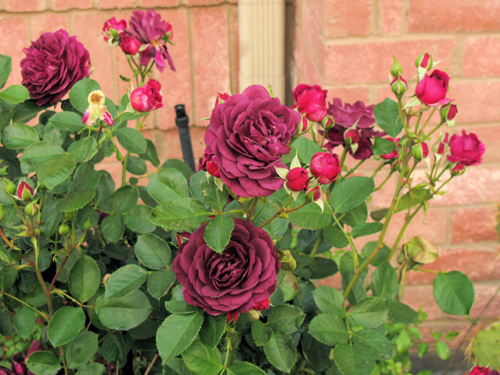
Watering the plant needs regular, moderate, and when the green mass and buds appear on the shrub - abundant. Under an adult plant, you need to pour 2-2.5 buckets of settled, not cold water at a time. The very procedure for moistening the soil is carried out in the morning or in the evening, but not in the heat. Perennial feeding is carried out by adding phosphorus-potassium concentrate to the soil. This is done during the period of bud formation and during the flowering of the culture. In addition, the plant is responsive to feeding with a specialized fertilizer designed specifically for feeding floribunda. In the spring, organic matter will not interfere with the shrub.
A day after watering, the soil in the zone of the trunk circle is loosened, and then it is covered with mulch: rotted manure, peat, hay or decayed foliage. This is necessary for the long-term preservation of moisture in the soil and, as a result, reducing the number of irrigations. Weeds are also regularly removed under the rose bush. Mandatory procedure is Abb Tide pruning. It is produced in order to rejuvenate the bush. In the spring, 4-5 strong stems are left on the plant, shortening them into several buds. Along the way, too weak, dry and not overwintered branches are removed. In the fall, all shoots are cut off on the bush, but not much.
Due to its low frost resistance, the plant should be covered for the winter - when cultivated both in the middle lane and in regions with a more severe climate. After the autumn pruning, all the leaves from the shoots of the rose are cut off, and the bush is covered with earth to a height of about 25 cm and insulated with spruce branches. Oak foliage and non-woven fabric can also be used as insulation. For this variety, prophylactic treatment with an insecticide and fungicide solution is mandatory. This activity, performed 2-3 times per season, will help reduce the risk of pests and diseases on the plant.
Use cases
Abb Tide looks gorgeous on flower beds, in curbs, on the sides of garden paths, in mixborders, rabatkas, in mixed and group compositions. It goes well with both similar floribundas and other floribundas that have buds of contrasting or similar shades. Beautiful combinations of our heroine with varieties of roses Koko Loko, Jazzz, Tatton, Anny Duperey, Lavender Ice. Excellent companions for this beauty are barberry, delphinium, foxglove, miniature conifers (thuja, boxwood, dwarf pine, juniper), euonymus, hosts, cuffs, wormwood with silver leaves, coleus, ornamental cereals, red-leaved geychera, chisanda, sage, lavender bells, irises, daylily, veronica, perovskia, geranium, catnip, santolina. Alpine carnations, clematis, paniculate phlox, pansies, petunias, primrose are also suitable for the role of her neighbors. Under and in front of Ebb Tide shrubs, ground cover plants can be planted: loosestrife, highlander, sedum, tenacious, saxifrage. The culture is also effective as a single perennial against the background of a bright green lawn. It is also used to decorate a low hedge, planted at the facade of a dwelling or at the entrance to a house, near a fence, near a gazebo. Ideal for container cultivation.
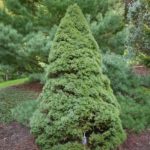

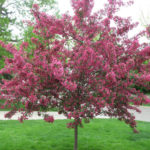
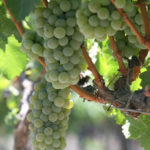
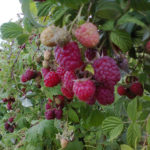




I really love roses with flowers of unusual colors - this variety is among my favorites, it seems to me that there is no more such a plum shade! A hard-working rose - it blooms continuously throughout summer and autumn, right up to the very frost. But the rose cannot bloom for so long, otherwise the shoots may not ripen well, and the plant does not overwinter well, therefore, about a month before the onset of real cold weather, I remove all flowers and buds from the bush. I disagree with the low frost resistance - you need to actively feed it with potassium from the second half of summer, and then the rose winters well.